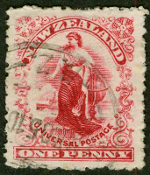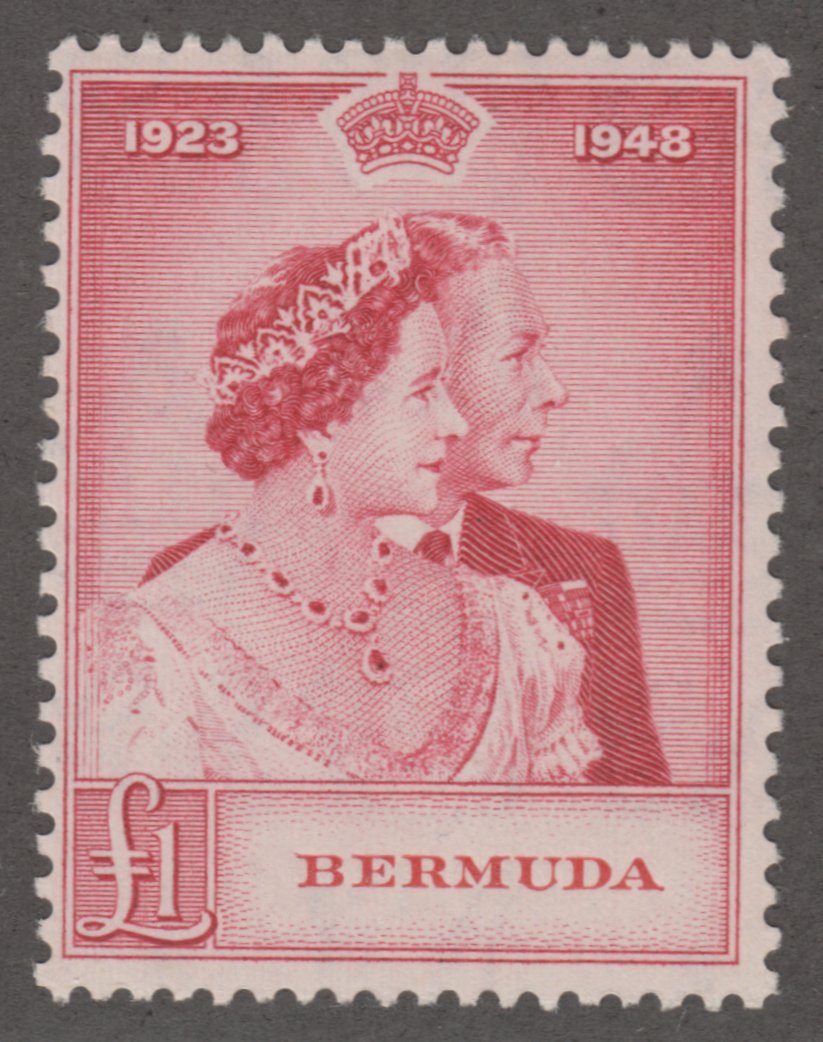
Discussion - Member to Member Sales - Research Center

Discussion - Member to Member Sales - Research Center

Thanks to all for your interest and opinions.






Login to Like
this post
Canada put on circulation, many sheets of stamps with no selvedge on one side, so your stamps are regular, You can find stamps with one side imperforated between 1915 to 1970... or so...
Jacques

Login to Like
this post
Thanks timbres,
So assuming 4 panes of 50 per sheet, and no selvedge between panes; that would explain imperforate on left (leftmost stamp of right pane) or right (rightmost stamp of left pane)of stamps. That leaves one question, if my assumption is correct: How do they separate thousands upon thousands of panes? Mechanically?
I do not recall seeing this imperforate condition, except on booklet panes, but I'll be looking harder from now on.
Or, the selvedge is not produced on the left and right of the sheets themselves. If I think booklets, then I need to imagine backwards booklets for those imperforate on the left...LOL.

Login to Like
this post
I assumed the same thing... I am not sure but I remember also aving some stamps with bottom or top without perf....
Jacques

1 Member
likes this post.
Login to Like.
Benque asked,
"How do they separate thousands upon thousands of panes? Mechanically?"
I'm sure that large guillotine paper cutters were used. I remember that in the early 1950s my dad use an electric paper cutter when he was editor of a weekly newspaper that also did job printing. He'd place a ream (500 sheets) of printed circulars or pamphlets under the blade, press a button, and presto, the knife would slice through the paper in a quick second. I imagine that government printing offices would have larger guillotine cutters that would do the same thing with sheets of stamps; guidelines printed between the panes can often be found on single stamps and plate blocks.
Bob

1 Member
likes this post.
Login to Like.

08:05:34pm
This issue (and many other Canadian stamps of this period) were printed in sheets of 200 and cut into 4 panes of 50, imperforate along the cuts. The panes (most collectors mistakenly call the panes of 50 "sheets") each have two straight edges, one horizontal and one vertical. Which edges are straight depends on the pane's position in the sheet.
Each pane has 14 straight edge examples out of 50 stamps in the pane.
In later issues, an extra perforated gutter was left in the center (vertically and horizontally) so that the cut happened in selvedge, but not in these 1930's issues.
Here are 3 out of 4 corners from the centers of such sheets - or the outer corners of the resulting panes -- all depends on how you look at it.

There were no booklet panes of these issues.
Roy

1 Member
likes this post.
Login to Like.
Thanks to you all for your comments. I wasn't aware of the lack of selvedge between panes, but you have enlightened me.
As for cutting the panes from the sheets; sounds good.
Thanks again!

Login to Like
this post
12:23:30pm
Hi all, hope someone can shed some light on these two, which I inherited some 40 yrs ago from my grand dad. He was in PEI, so no surprise on postmarks. At present, I have only a 2009 Scott worldwide catalogue, which mentions 174a and 175a as imperforate pairs with large values. Does anyone believe that these could be cut from imperf pairs, and if so, any idea of value?
Thanks to all for your interest and opinions.





Login to Like
this post
12:42:06pm
re: 1930 partial imperforates scott 174 & 175
Canada put on circulation, many sheets of stamps with no selvedge on one side, so your stamps are regular, You can find stamps with one side imperforated between 1915 to 1970... or so...
Jacques

Login to Like
this post
02:14:30pm
re: 1930 partial imperforates scott 174 & 175
Thanks timbres,
So assuming 4 panes of 50 per sheet, and no selvedge between panes; that would explain imperforate on left (leftmost stamp of right pane) or right (rightmost stamp of left pane)of stamps. That leaves one question, if my assumption is correct: How do they separate thousands upon thousands of panes? Mechanically?
I do not recall seeing this imperforate condition, except on booklet panes, but I'll be looking harder from now on.
Or, the selvedge is not produced on the left and right of the sheets themselves. If I think booklets, then I need to imagine backwards booklets for those imperforate on the left...LOL.

Login to Like
this post
05:05:09pm
re: 1930 partial imperforates scott 174 & 175
I assumed the same thing... I am not sure but I remember also aving some stamps with bottom or top without perf....
Jacques

1 Member
likes this post.
Login to Like.

re: 1930 partial imperforates scott 174 & 175
Benque asked,
"How do they separate thousands upon thousands of panes? Mechanically?"
I'm sure that large guillotine paper cutters were used. I remember that in the early 1950s my dad use an electric paper cutter when he was editor of a weekly newspaper that also did job printing. He'd place a ream (500 sheets) of printed circulars or pamphlets under the blade, press a button, and presto, the knife would slice through the paper in a quick second. I imagine that government printing offices would have larger guillotine cutters that would do the same thing with sheets of stamps; guidelines printed between the panes can often be found on single stamps and plate blocks.
Bob

1 Member
likes this post.
Login to Like.
BuckaCover.com - 80,000 covers priced 60c to $1.50 - Easy browsing 300 categories
28 Dec 2016
08:05:34pm
re: 1930 partial imperforates scott 174 & 175
This issue (and many other Canadian stamps of this period) were printed in sheets of 200 and cut into 4 panes of 50, imperforate along the cuts. The panes (most collectors mistakenly call the panes of 50 "sheets") each have two straight edges, one horizontal and one vertical. Which edges are straight depends on the pane's position in the sheet.
Each pane has 14 straight edge examples out of 50 stamps in the pane.
In later issues, an extra perforated gutter was left in the center (vertically and horizontally) so that the cut happened in selvedge, but not in these 1930's issues.
Here are 3 out of 4 corners from the centers of such sheets - or the outer corners of the resulting panes -- all depends on how you look at it.

There were no booklet panes of these issues.
Roy

1 Member
likes this post.
Login to Like.
09:35:36pm
re: 1930 partial imperforates scott 174 & 175
Thanks to you all for your comments. I wasn't aware of the lack of selvedge between panes, but you have enlightened me.
As for cutting the panes from the sheets; sounds good.
Thanks again!

Login to Like
this post

